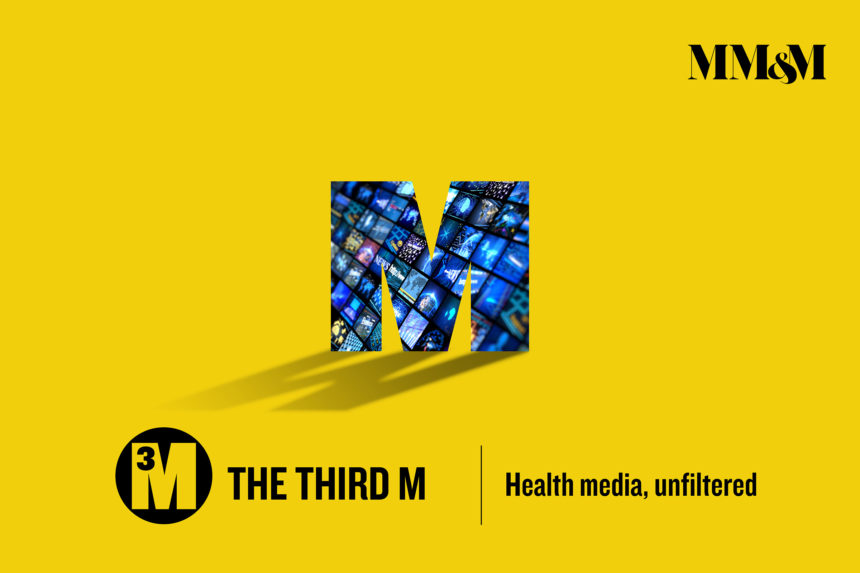Three years ago, when the print naysayers were at their vocal peak, Meredith introduced its Pharma Lift Guarantee. The company’s idea was, essentially, to put its money where its mouth was: Rather than measuring Rx sales lift in a vacuum, Meredith would measure “the lift in incremental prescriptions between a control group of readers exposed to a pharma advertising campaign and a matched control group based on demographics, prior medical diagnosis and prescription history,” as SVP of Meredith Research Solutions Britta Cleveland put it in a recently published white paper.
The results have been eye-opening. In a conversation with MM+M, Cleveland unpacks them and shares a wealth of research-based insight into the continued appeal of magazines – to readers and marketers alike. The transcript below has been condensed and lightly edited for clarity.
…on Meredith’s Pharma Lift Guarantee, three years after its rollout: “Magazines had been a mainstay for pharma for years, but companies were starting to turn away. There was a need to show that pharma advertising in magazines was not only driving people to doctors, but also increasing prescriptions.
“We’ve done 12 studies [of campaigns that ran in Meredith titles], in asthma and psoriasis and diabetes and more. The average increase in prescriptions [new patient starts] was 49%. But can we show return on ad spend? Especially since when you’re running in magazines, typically you’re running more than two pages, with the contraindications and everything else.
“So we were concerned we’d have that lift in prescriptions but not the ad spend – but across the 12 campaigns, the average return on ad spend is just under $16 [per dollar spent]. It’s definitely helped people realize that this is a great place to be.”
…on the notion that some conditions or therapeutic categories are “too small” for print advertising: “There are absolutely some conditions that have very small patient universes. But we had one example where the universe was less than 20,000 people. Are mass magazines the way to reach this group? But even with a patient universe of 18,000, we were able to convert 1,000 patients and generate a return on ad spend of $10.
“You get asked, ‘Is there a lot of waste there?’ The point is, there are caregivers and there are people who are not living in the same home as the patient. You can do it on a mass basis with magazines.”
…on what she hears from the conversations Meredith execs (but not her) are having with existing and would-be pharma clients: “I’m not a salesperson, fortunately (laughs). My role is to explain things and be neutral like Switzerland, and give them what they need to get the job done. What we’re finding from other research is that people with chronic conditions are reading more. They’re looking for new remedies. They want to understand more of what’s going on, because their health concerns aren’t going away.”
…on the question of whether print is still an A-list channel for pharma marketers: “I think there’s a sense out there that, with so much moving to TV and digital, that magazines don’t perform. Who’s reading magazines, right? But magazines offer scale you can’t get anywhere else. We have mass-reach titles like Better Homes & Gardens and People – which, even in the first week the issue is on sale, reaches more people than the live-plus-seven number of a top primetime TV show. And then it goes on in the next weeks to reach even more.”
…on the appeal of the consumer print environment: “The environment of a lifestyle-type magazine is valued. Readers are in that lean-back feeling. They’re hearing about things that are important to them. Given the opportunity to reach many people in a great environment they trust, that translates into an increase in Rx conversion.”
…on what comes next: “We’re sharing the return on ad spend and the Rx lift, but we also want to be able to show more about audience quality – indices relative to the total population. And for some of the drugs that are out there, we can’t do the types of studies we’ve done because there are not enough patients. But what we can look at is, ‘Did they actually go to the doctor as a result of seeing advertising?’
“It’s another reason that magazines continue to be strong when it comes to advertising. Proof of performance is the ultimate; we want to be the leaders in accountability. That’s our number one message: Accountability matters.”








